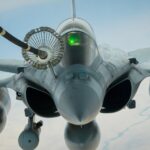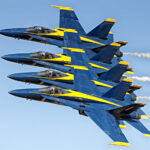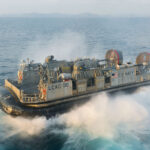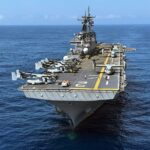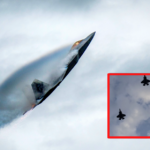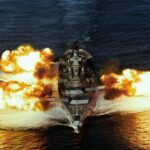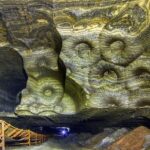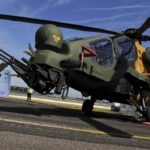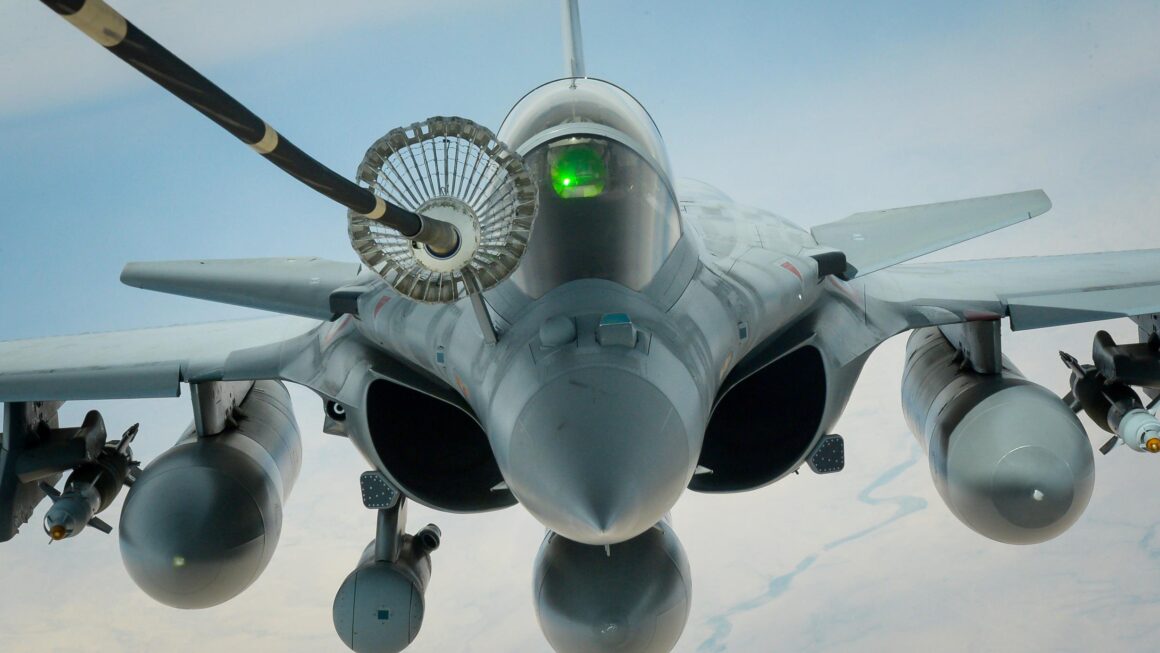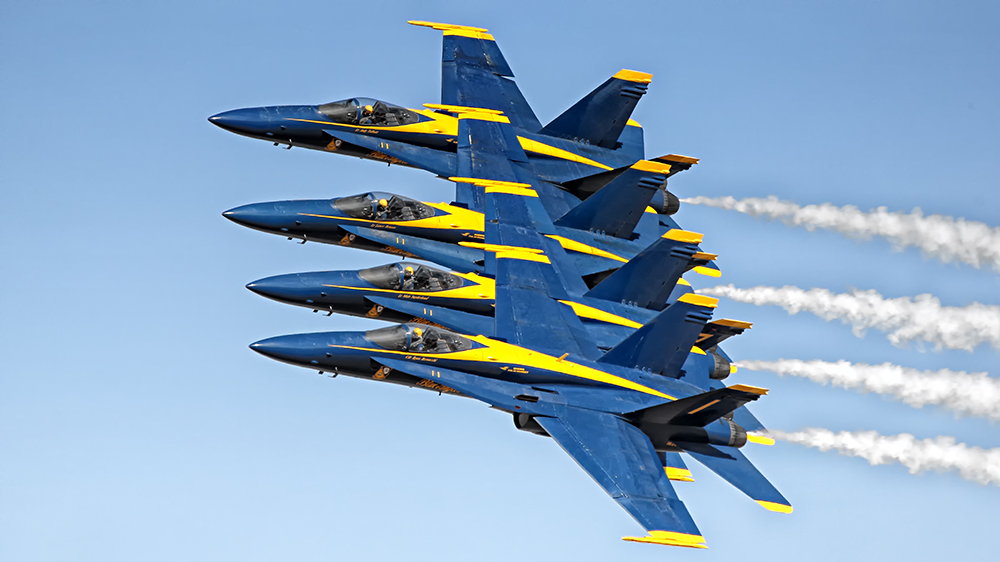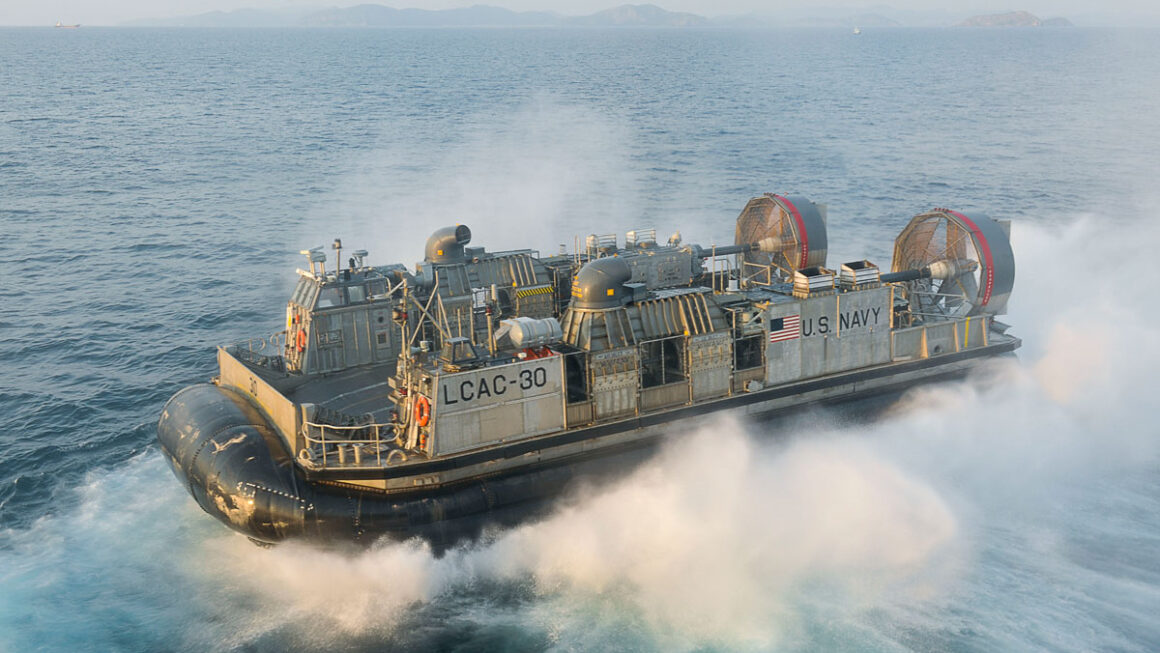Bold, black and blazing fast: The North American X-15 was a plane unlike any other. And although it first flew over 60 years ago, it is still the quickest manned aircraft ever to fly.

Shaped more like a bullet than a conventional airplane, the rocket-powered X-15 completed 199 test flights over nine years, starting in 1959. It could reach the edge of space and then glide back down to Earth, capturing data that informed the design and engineering of later American spacecraft, including NASA’s space shuttles.
The plane was flown by an elite team of just 12 pilots, including Neil Armstrong, who would go on to lead the moon landing in 1969.
“One of the X-15 pilots, Bill Dana, once told me that it was the big ticket – the aircraft to fly,” said Christian Gelzer, chief historian at NASA’s Armstrong Flight Research Center, in a phone interview. “It gave you the greatest speed, the greatest excitement, the greatest terror. We haven’t built anything since that flies within the atmosphere like the X-15.”
‘A big ask’
The “X” series consists of more than 60 experimental aircraft produced by US government agencies, including the Air Force and NASA, since the end of World War II. They were often extreme machines, designed to push the envelope, and the X-15 had a particularly ambitious goal.
In 1952, when development of the X-15 started, the official air speed record for an aircraft was just under 700 mph. The plane’s mission was to reach Mach 5 – five times the speed of sound, or nearly 4,000 mph.
“Such an airplane would also have to fly at an altitude of 250,000 feet, which was well above any aircraft’s altitude at that point,” said Gelzer. “It was a very big ask.”
The project was led by the US Air Force and the National Advisory Committee for Aeronautics (NACA), which would become NASA in 1958. “They were after scientific data and flight dynamics data as well,” said Gelzer. “But in the background was the Cold War, which motivated a lot of the research.”

Flying start
The X-15 was essentially a rocket with a cockpit, so unlike other planes it wasn’t designed to take off from a runway. Instead, it had to be taken to high altitude and released from a mothership, in this case a specially modified B-52 bomber.
With the 50-foot-long X-15 tucked under its wing, the B-52 would take off from the Edwards Air Force Base in Southern California and fly towards Nevada or Utah, before turning back and releasing the aircraft at an altitude of 45,000 feet and a speed of over 600 mph. Only at that point would the X-15 pilot ignite the rocket engine and start climbing out of the Earth’s atmosphere and into space.
The fuel, a combination of ammonia and liquid oxygen, lasted less than two minutes, and it wasn’t a smooth ride.
“It flew aerodynamically like a normal airplane, but it climbed like nobody’s business,” said Gelzer. “Milt Thompson, who was one of the pilots, said that it was the only airplane he ever flew in which he was glad when the engine quit.”
A glider
Once the target altitude was reached – the X-15 went as high as 354,200 feet, around 10 times the cruise altitude of a commercial airliner – the pilots would conduct experiments in this then-unknown environment, helping experts gather data on hypersonic flight.
Much of the X-15’s design was geared towards being able to fly at high altitudes, where the air is so thin that conventional aerodynamic appendages no longer work. For that reason, the X-15 was equipped with a reaction control system, similar to that later used by space shuttles and the International Space Station. It spewed bursts of hydrogen peroxide – essentially water oxygenated at very high concentration – which created small amounts of thrust sufficient to steer the aircraft in the upper atmosphere’s thin air.
Flying at thousands of miles per hour, the outer skin of the X-15 became very hot due to aerodynamic friction and was therefore made of a special nickel-chromium alloy called Inconel X. “The aircraft heated up to 1,200 degrees Fahrenheit,” Gelzer said. “And the pilots could hear it expand behind them.”

Landing the X-15 wasn’t easy. “From the moment it ran out of fuel, or the pilot turned off the engine, it was a glider. A very heavy, very fast glider with very small wings – so not even a great glider. At that point, the pilot only had speed and altitude to exchange for reaching his destination,” said Gelzer.
To make things worse, the front wheel lacked steering and the main landing gear only had skids (two retractable steel beams that skidded across the landing surface), so a tarmac runway couldn’t be used. Instead, the aircraft had to land on a dry lake bed.
“By the time they got the aircraft back on the ground it was not the same airplane that it had been when it left the base. There were holes burned in from the heat,” said Gelzer.
Long flight
Most aircraft make their final landing approach at under 200 mph. The X-15, however, could start its approach at 20,000 feet and at supersonic speeds in excess of 1,500 mph – radically different conditions than most pilots experienced. Things did not always end well.
“This was an experimental aircraft, and things went wrong on almost every single slide. The remarkable thing is that the pilots managed to bring the aircraft back consistently, despite the problems they had,” said Gelzer.
Out of nearly 200 flights, only two resulted in crash landings, one of which killed pilot Michael Adams. On November 15, 1967, Adams went into a spin during re-entry and could not straighten the aircraft, which broke up in the air.
 Air Force test pilot Maj. Michael J. Adams stands beside X-15 ship number one.
Air Force test pilot Maj. Michael J. Adams stands beside X-15 ship number one.
The inherent risks of flying this type of aircraft, half-plane and half-spaceship, is among the reasons why the X-15’s records have never been beaten with modern engineering. It was also a stepping stone towards the space program, which had grander ambitions than simply speed.
Nevertheless, the X-15 is consigned to history as one of the most successful flight research programs ever conducted, and in its nine years of operation it garnered a wealth of data about high-speed flight, returning from space and human physiology. And in 1967, pilot Pete Knight reached the record speed of 4,520 mph, or Mach 6.7 (6.7 times the speed of sound).
The X-15 also spawned a generation of astronauts, including one of the greatest: Neil Armstrong. During one of his seven X-15 flights, Armstrong displayed the legendary problem-solving abilities that would eventually land him the command of Apollo 11.

“In 1962, he made a flight that took him to 205,000 feet and Mach 3.8,” said Gelzer. “On his way back, he ended up bouncing off the top of the atmosphere at about 90,000 feet and skipped like a rock. By the time he got the aircraft turned around, he was over a suburb of Los Angeles with no power. He still managed to bring the aircraft all the way back and land on Rogers Dry Lake.
“It turned out to be the longest ever X-15 flight.”

